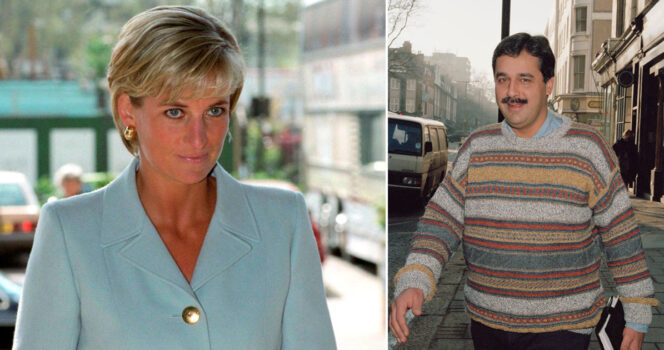Princess Diana, admired worldwide for her compassion and humanitarian work, often visited hospitals across the United Kingdom to comfort patients and raise awareness for various causes. One such visit in 1995 to the Royal Brompton Hospital in London marked the beginning of a relationship that would become one of the most private and genuine connections in her life.
It was there that she met Dr. Hasnat Khan, a respected British-Pakistani heart surgeon known for his dedication to medicine. According to BBC News and The Guardian, the two first crossed paths while Diana was visiting a friend’s husband recovering from surgery. Their mutual respect and admiration soon grew into a quiet companionship that lasted about two years.
Princess Diana and Dr. Khan: A Private Bond
Dr. Hasnat Khan, who specialized in cardiac surgery, worked long hours at hospitals including the Royal Brompton and Harefield in London. Described by colleagues as intelligent, humble, and deeply private, Khan stood apart from the public world Diana had come to inhabit.
According to The Telegraph and The Guardian, their relationship developed gradually, characterized by mutual trust and affection rather than the public display often associated with royal life. Friends of Diana have described Khan as the one person with whom she could be completely herself.
Unlike many of her public associations, this relationship was not defined by titles or fame—it was grounded in sincerity. Diana reportedly found comfort in Khan’s straightforward personality and dedication to his work, while he admired her warmth and humanitarian spirit.
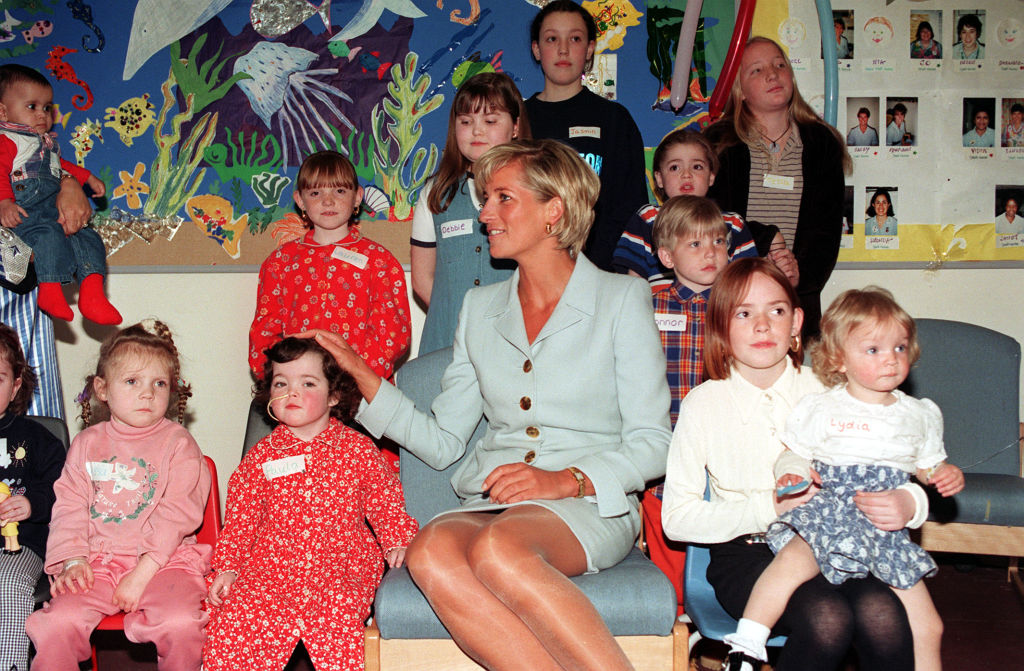
Keeping Their Relationship Private
Because of Diana’s global fame and the intense media scrutiny surrounding her, the couple’s relationship was largely kept private. In interviews years later, Khan confirmed that they had indeed been close but emphasized that both valued their privacy deeply.
During this period, Diana continued her public engagements, supporting causes such as AIDS awareness, landmine removal, and children’s health initiatives. Her compassion and advocacy work earned her the title “The People’s Princess,” as famously described by then–Prime Minister Tony Blair.
According to The Guardian, the pair would often meet quietly at Kensington Palace or near the hospital where Khan worked. They preferred a low-profile lifestyle—watching television, cooking simple meals, or spending quiet evenings together.
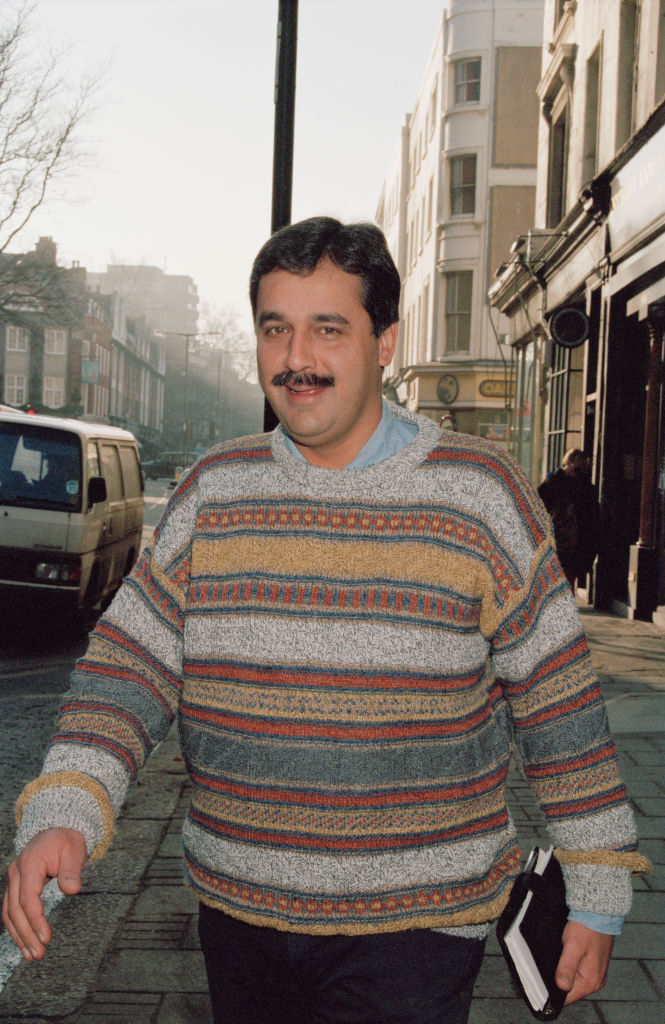
Cultural Differences and Life Choices
Their relationship, though deeply affectionate, faced challenges. Dr. Khan came from a traditional Pakistani family, and there were cultural and religious differences to consider. Reports from BBC News and The Telegraph indicate that the couple discussed how these differences might affect their future together.
Princess Diana was said to have taken a genuine interest in understanding Khan’s background, even visiting his family in Lahore, Pakistan, in 1996. She was hosted by Jemima Khan (then wife of former cricketer and later Prime Minister Imran Khan), who was a close friend of Diana. The visit was widely covered by international media, including Reuters and The Independent, and was described as a personal, not official, trip.
While there was speculation about the possibility of marriage, both Diana and Khan were realistic about the complexities such a union would involve. Khan, who valued his privacy and professional integrity, reportedly found the constant public attention difficult to navigate.

The End of Their Relationship
According to The Guardian and BBC News, the relationship ended amicably in mid-1997. Sources close to both individuals stated that differences in lifestyle expectations and the unrelenting media pressure made it difficult to sustain. Despite their separation, they reportedly remained on good terms.
Not long afterward, Diana began spending time with film producer Dodi Fayed, which was covered extensively by the international press. Tragically, Diana and Dodi were involved in a fatal car crash in Paris on August 31, 1997. Dr. Khan attended her funeral at Westminster Abbey, as confirmed by multiple reports from BBC News and The Telegraph.
Dr. Hasnat Khan’s Life After Diana
Following Diana’s passing, Dr. Hasnat Khan continued his career in medicine. He has worked in both the United Kingdom and abroad, focusing on heart surgery and medical outreach programs. In 2006, he married Hadia Sher Ali, a woman of Afghan heritage, though the marriage ended in divorce two years later.
Today, Dr. Khan maintains a low-profile life. He continues to work in healthcare and has participated in humanitarian missions, including medical efforts in Pakistan and Saudi Arabia. In interviews over the years, including one with The Daily Telegraph, Khan has spoken respectfully of Diana, describing her as a person with “great qualities” who was deeply compassionate and genuine.
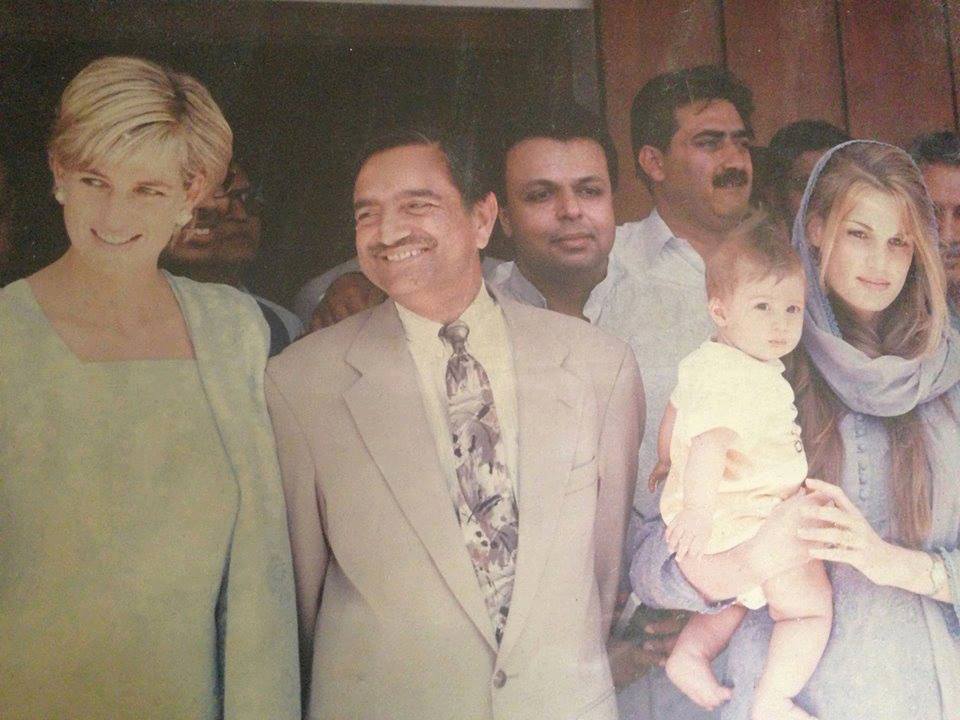
Princess Diana’s Lasting Legacy
Even decades after her passing, Princess Diana’s humanitarian legacy continues to inspire millions around the world. Her sons, Prince William and Prince Harry, have carried forward her philanthropic work through their own charitable organizations.
Through initiatives like the Royal Foundation and the Invictus Games Foundation, both princes have focused on causes their mother championed—mental health awareness, support for children and young people, and compassion for those facing hardship.
In 2021, on what would have been her 60th birthday, a statue of Princess Diana was unveiled in the Sunken Garden of Kensington Palace. The statue, commissioned by her sons, honors her enduring influence as a humanitarian and loving mother.
Remembering Diana and Hasnat Khan
The relationship between Princess Diana and Dr. Hasnat Khan remains one of the most sincere and private chapters in Diana’s life. It reflected her search for normalcy and meaningful connection beyond the constraints of royal life.
Their story, unlike the sensational narratives often portrayed by tabloids, speaks to the universal challenges of love, privacy, and personal identity. For Diana, it was a glimpse of ordinary happiness; for Khan, it was an experience that shaped how he viewed fame and intimacy forever.
According to reputable outlets including The Guardian and BBC News, both shared mutual respect even after parting ways—a reflection of Diana’s enduring capacity to form deep, genuine relationships with people from all walks of life.
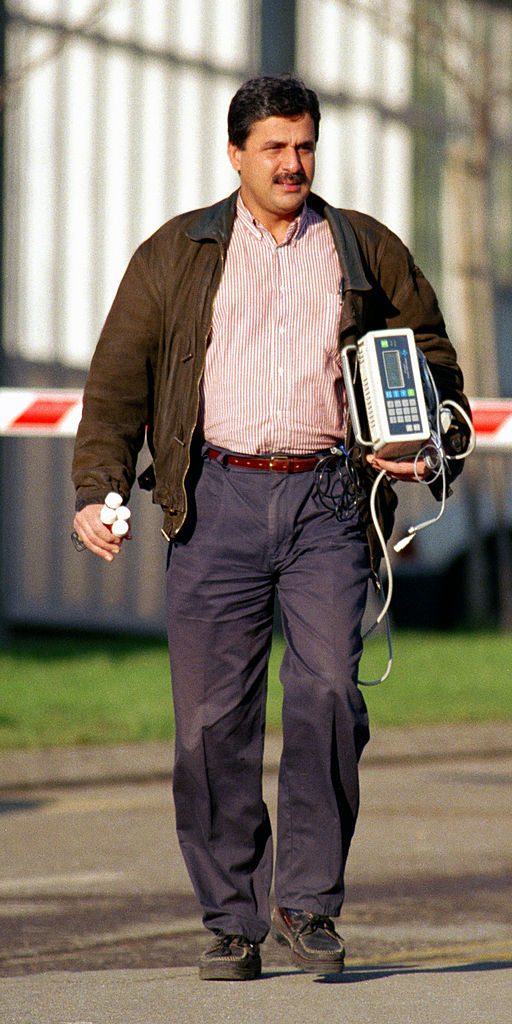
A Love Remembered with Respect
Today, as the world continues to celebrate Princess Diana’s contributions to society—from her groundbreaking advocacy for AIDS awareness to her compassionate outreach to the homeless and terminally ill—it’s important to remember her as more than a royal figure.
She was a mother, a humanitarian, and a woman seeking authentic connection. Her bond with Dr. Hasnat Khan was part of that journey—a private, heartfelt story that underscored her humanity.
In reflecting on Diana’s life, it’s clear that her influence extends far beyond royal history. Through the lives she touched, the causes she advanced, and the compassion she exemplified, her spirit continues to inspire kindness and empathy around the world.
